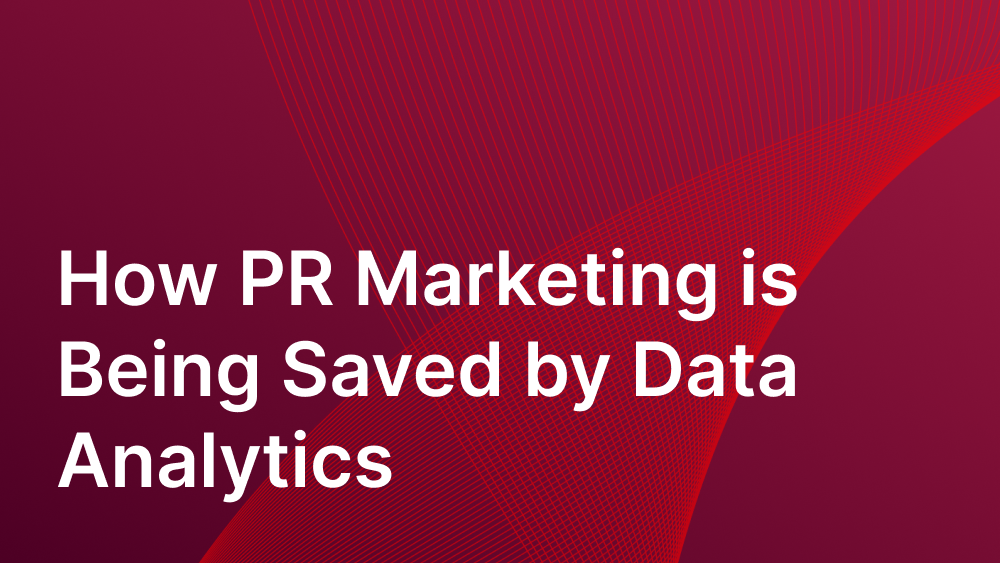Public Relations has become synonymous with over-promising and under-delivering, an industry which only survives because it is so hard for clients to understand whether a campaign has been successful or not.

PR problems
So where has the industry gone wrong?
At heart, public relations is a simple business. It’s the business of influence, of understanding which channels really reach your audiences and which stories will best resonate with them. But, in recent years, PR has started to feel like a jaded industry, compared unfavourably to marketing which has become vastly more targeted, often more creative and is underpinned by much more sophisticated tracking and measurement.
But, in recent years, PR has started to feel like a jaded industry
Perhaps most worryingly when you look across some of the core long-standing activities of public relations — messaging, content and a finely-tuned understanding of target audiences — there seems to be an acceptance of lacklustre work.
When you visit 9 out of 10 corporate websites it is clear that whoever created the messaging did not spend too much time trying to articulate the business’s core capabilities. Frankly, much of the messaging could refer to any of the client’s competitors. Time and again our research has shown that corporate messaging invariably hides behind safe, generic descriptors which, ultimately, fail to do their job.
Time and again our research has shown that corporate messaging invariably hides behind safe, generic descriptors
While PR agencies have got much better at understanding the brave new world of content, too often the ‘strategy’ is simply to blast out a press release to all and sundry, which brings us to the single biggest issue: targeting.
Unless what you say reaches your intended audience then all your activity will have been a waste of time. You only have to look at the last few election campaigns and how the media relations was structured to see that legacy PR agencies have singularly failed to understand which channels and media really resonate with the people they are trying to reach.

Measuring performance and leveraging data analytics
It certainly isn’t all doom and gloom for PRs however, and one of the reasons for this is data.
The technology and tools to support effective media relations are now developing at a rate never before seen in the industry.
Audience analytics will completely change the way that PRs go about selecting media titles and channels to prioritise
The digital marketing revolution was ultimately about data, the ability to gain an unprecedented understanding of your audience. Now this revolution is coming to public relations. Performance tracking will show which campaigns actually work — e.g. bring users to the website, or increase sales — and which ones need to be changed. Audience analytics will completely change the way that PRs go about selecting media titles and channels to prioritise, and it will also allow the industry to craft storylines that resonate demonstrably better.
The challenge is there for those willing to measure up.

PR has the potential to be more powerful than ever
In many ways the potential of integrated marketing communications — where content, design and omnichannel reach are brought together — is only just now being properly understood. Alongside this, there is an emerging recognition that integrated marketing communications (IMC) must place key messages and storylines at the heart of all the activity.
The industry will need to completely rethink the way it fits into integrated marketing comms
This gives PRs the enviable opportunity — should they choose to grasp it — to play an integral role in IMC, informing and creating strategy at the highest level. But, in order to do this the industry will need to completely rethink the way it fits into integrated marketing comms and how it uses data to support its decision-making.


